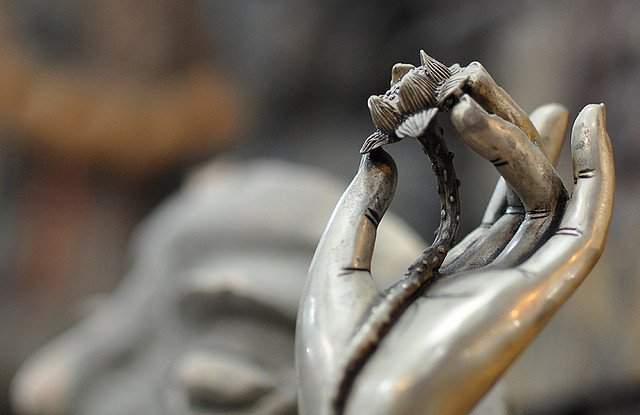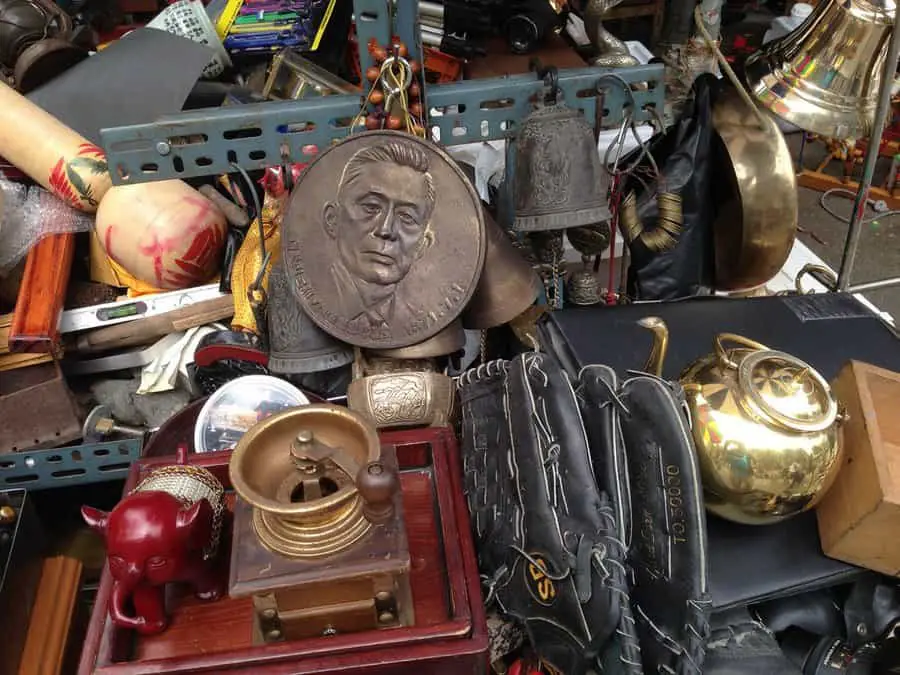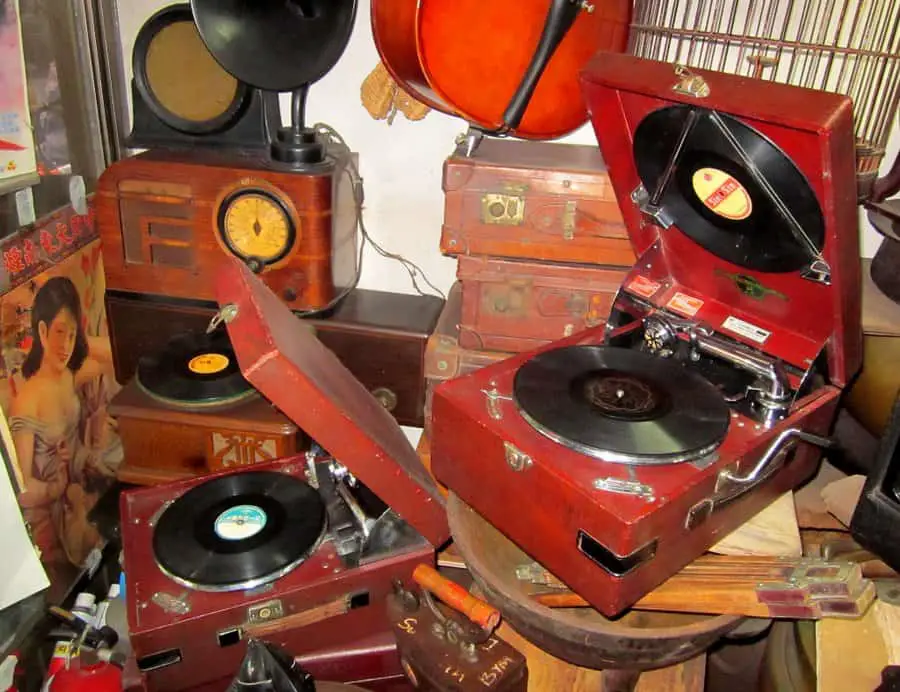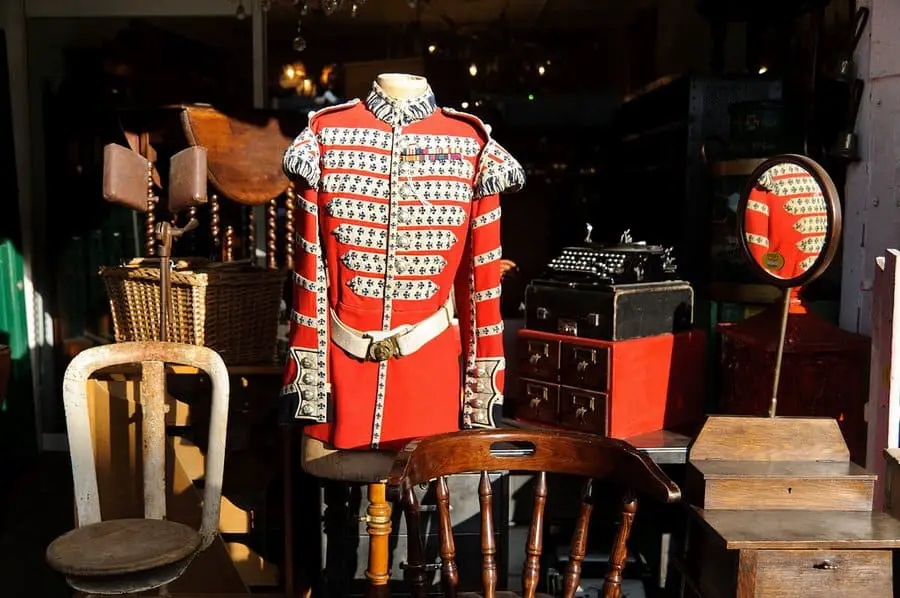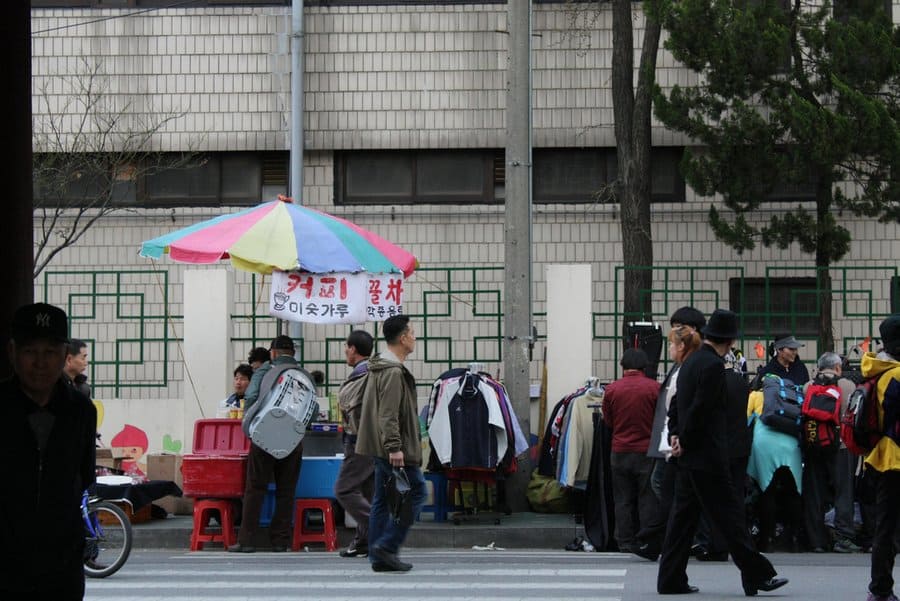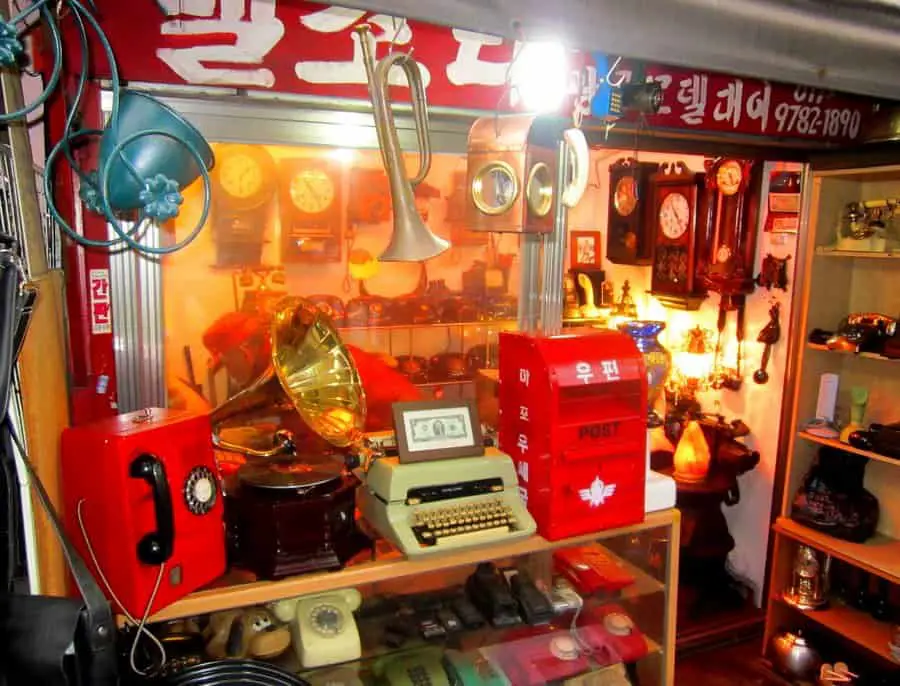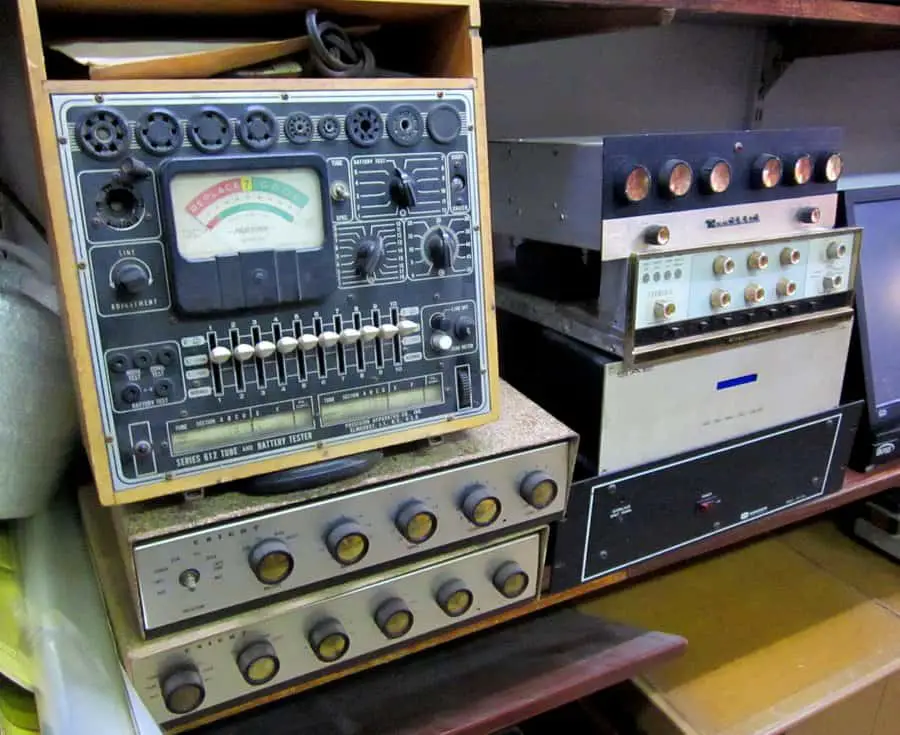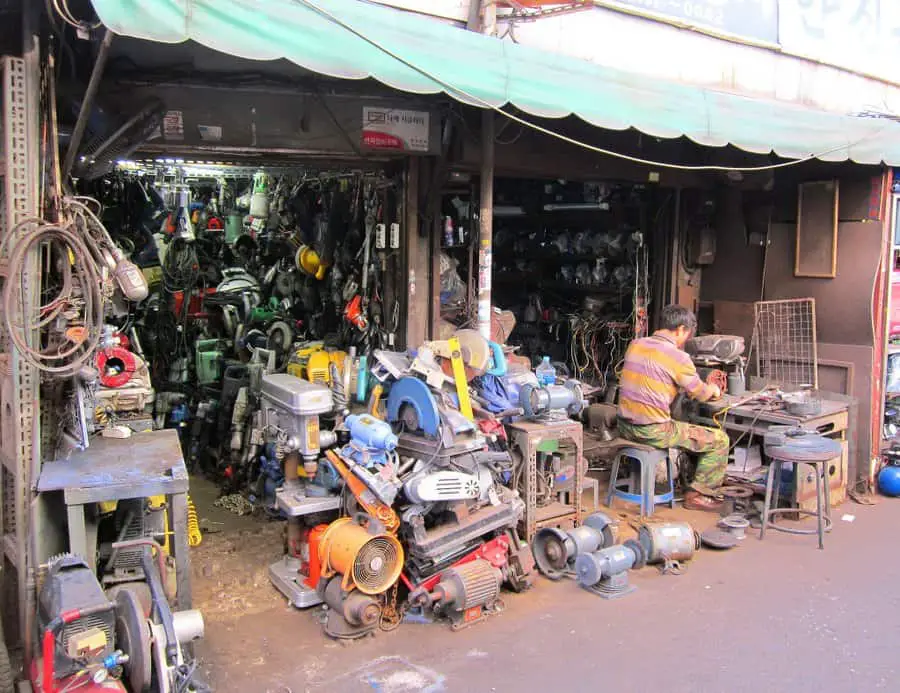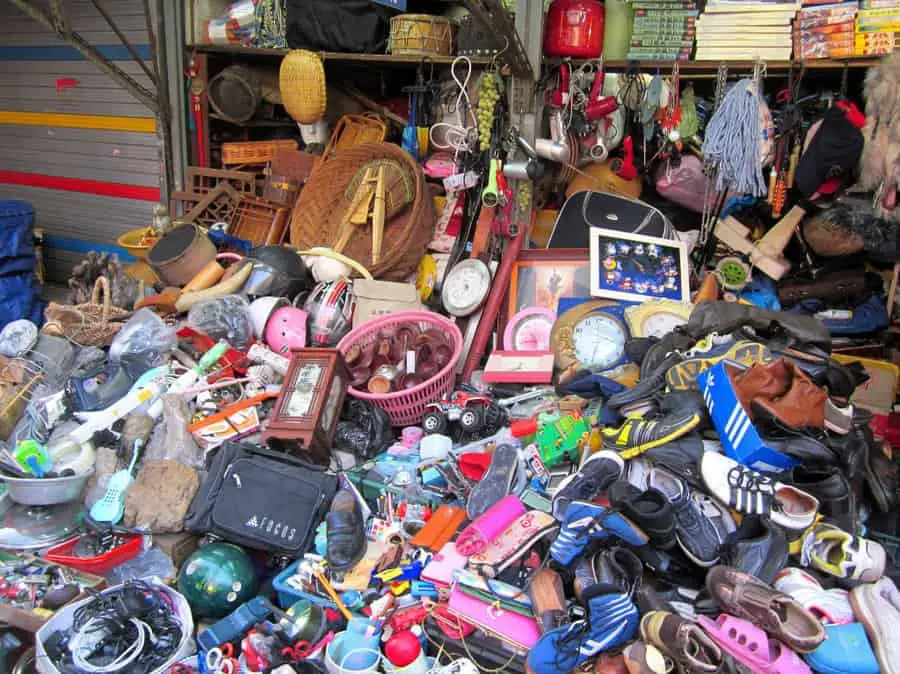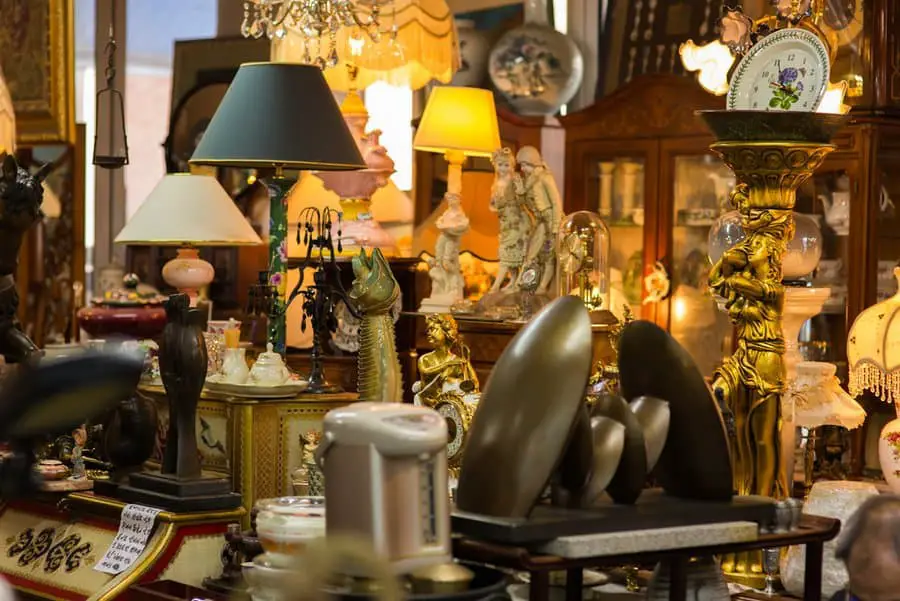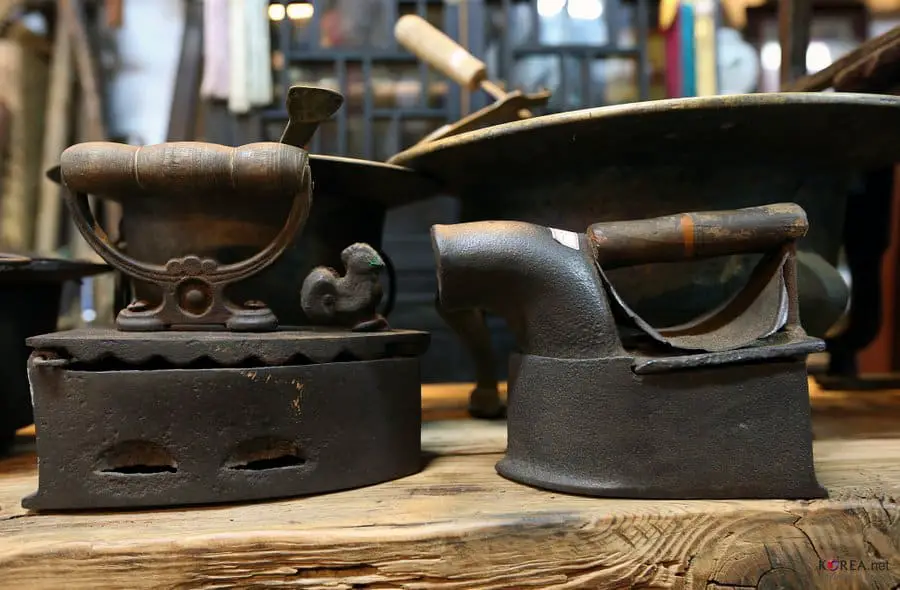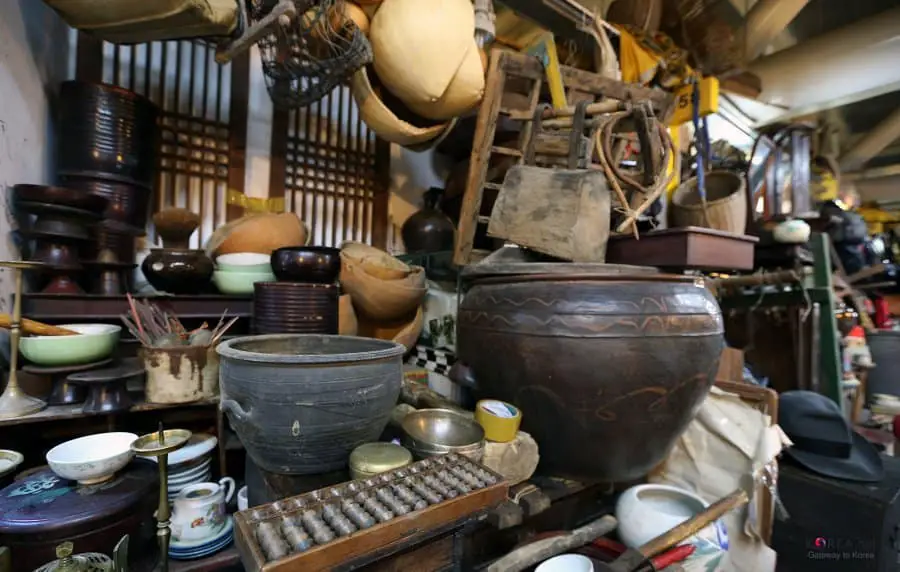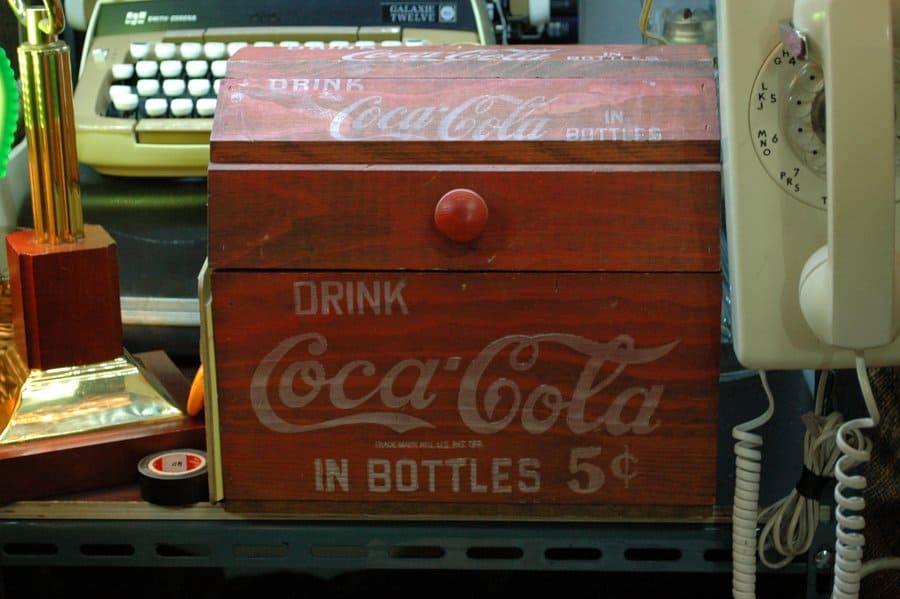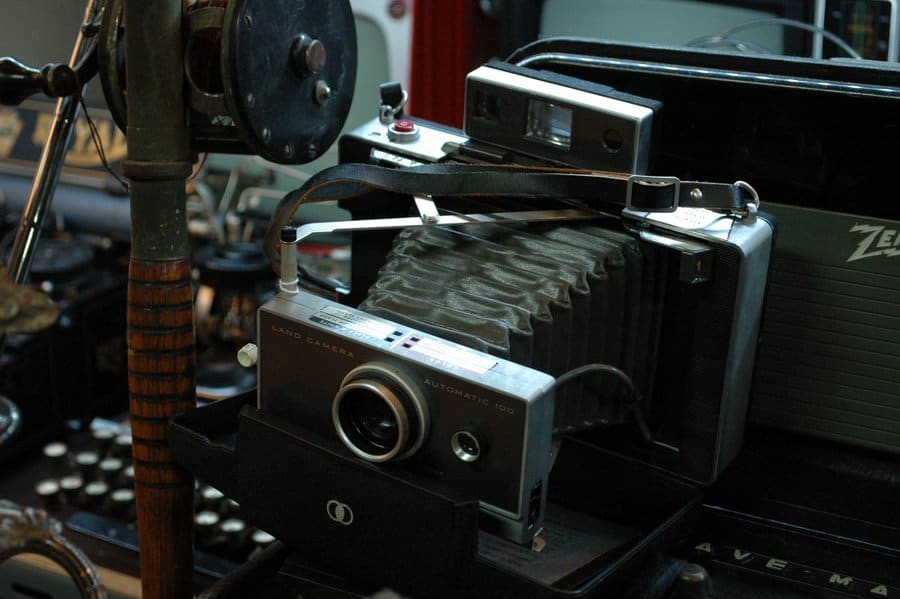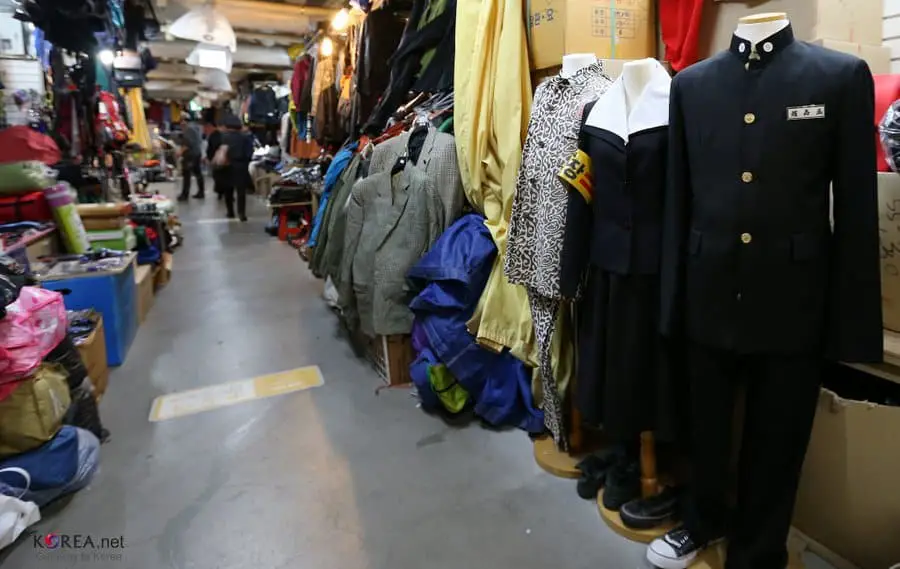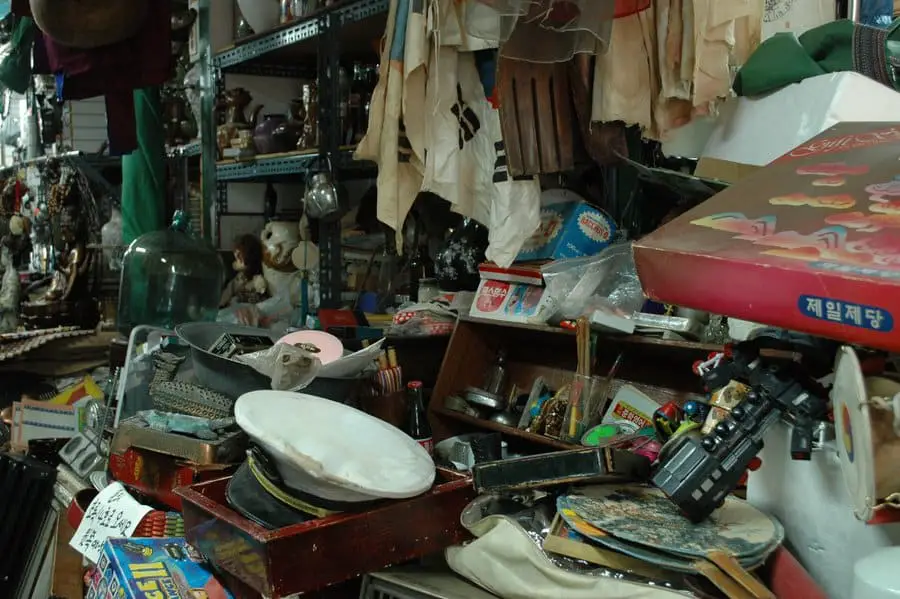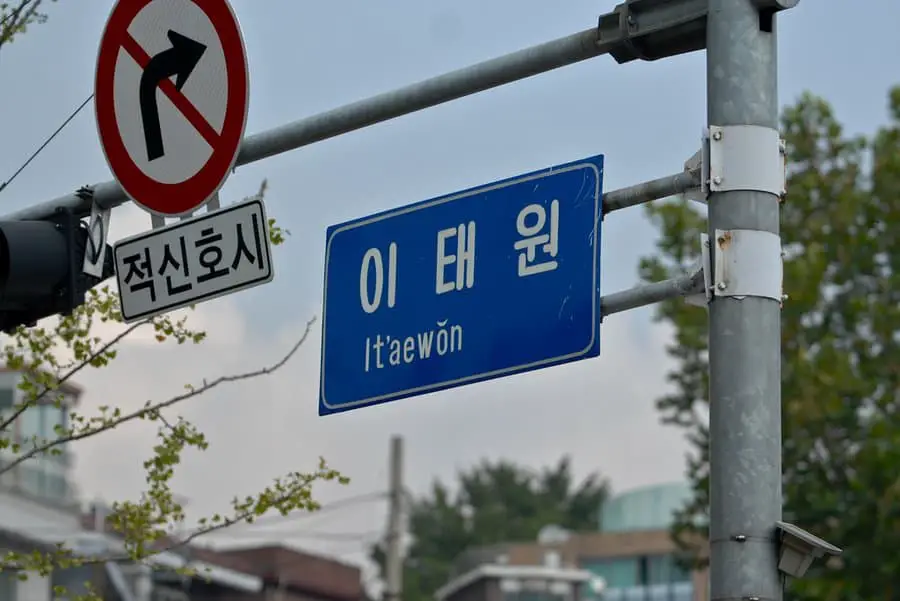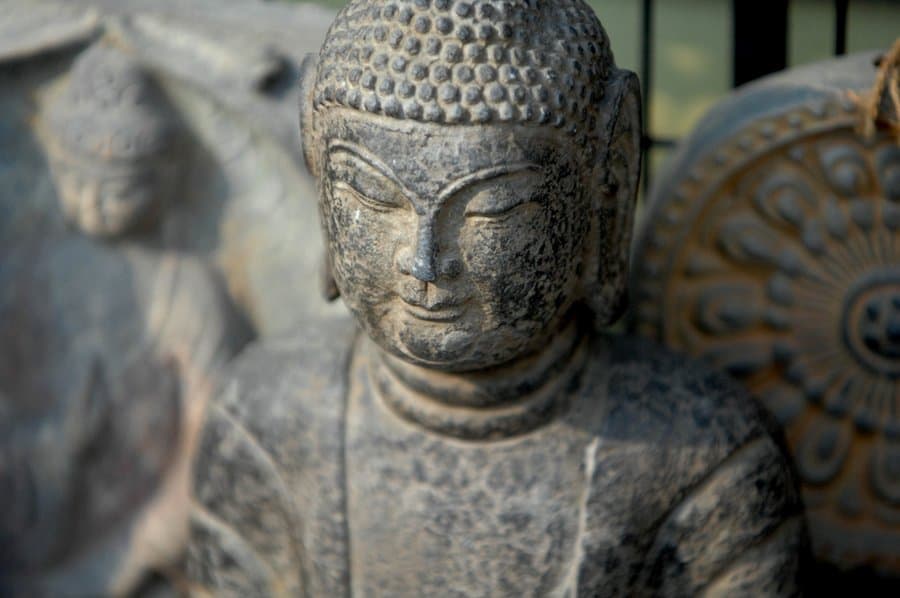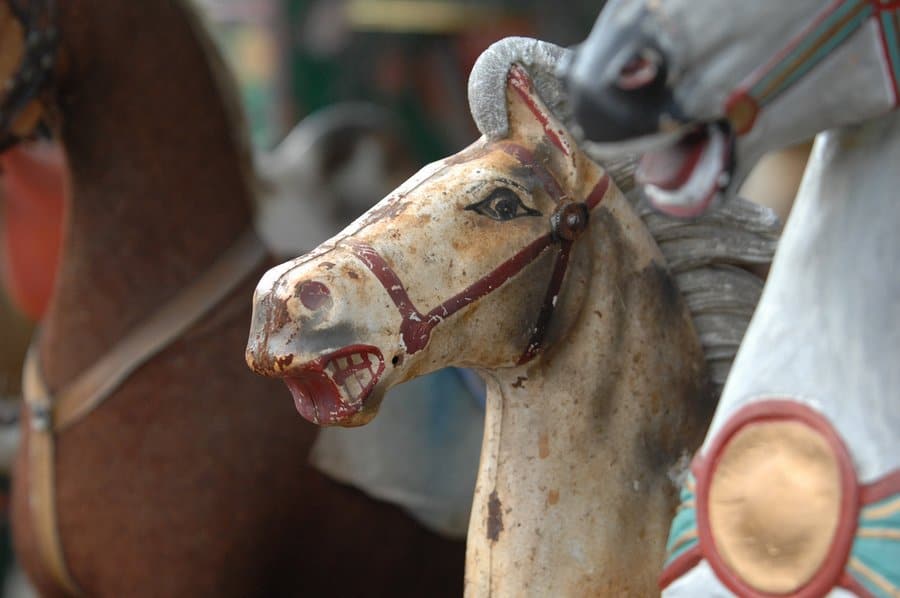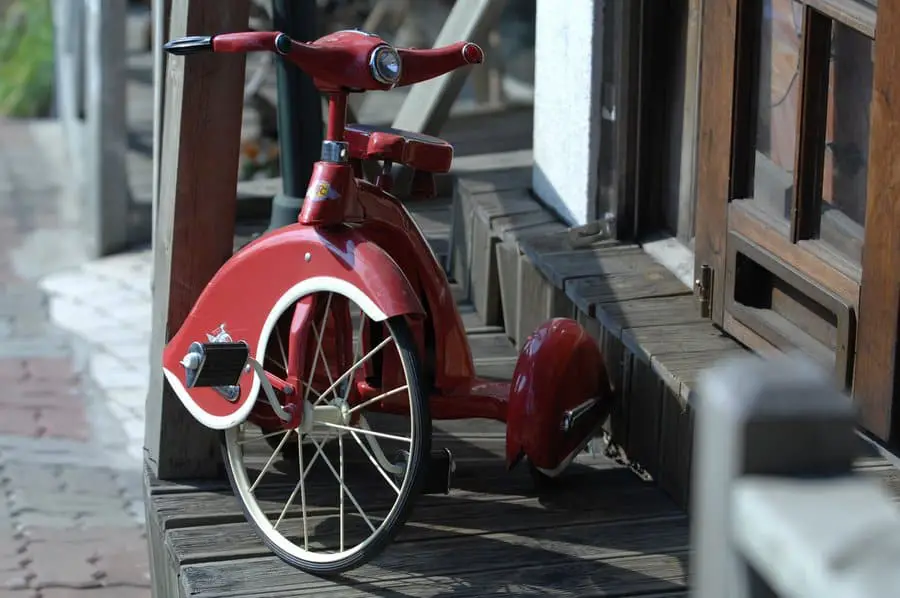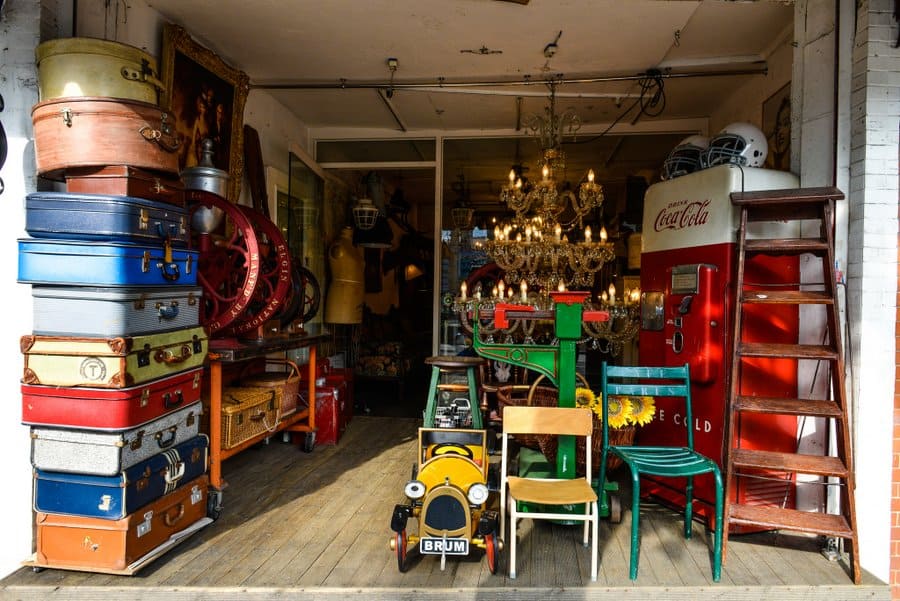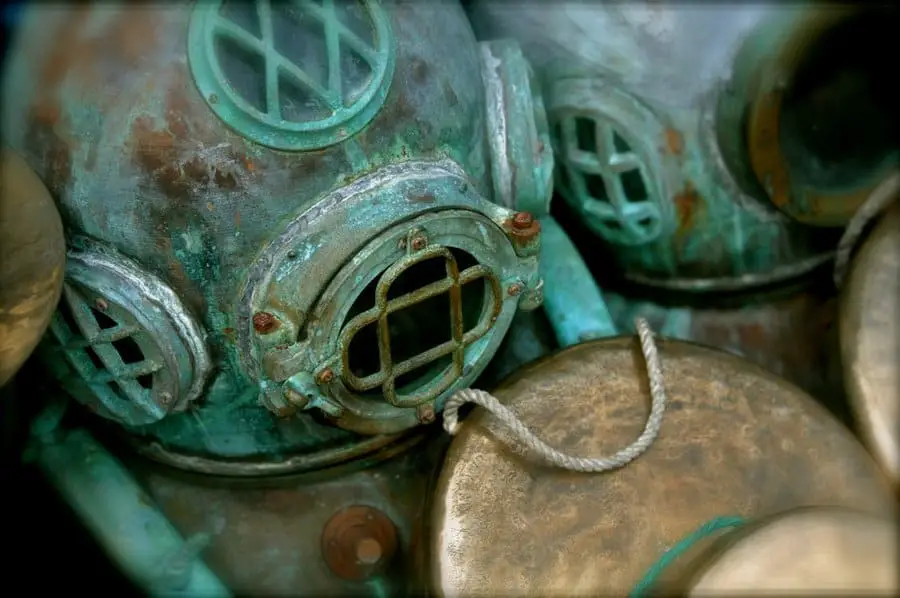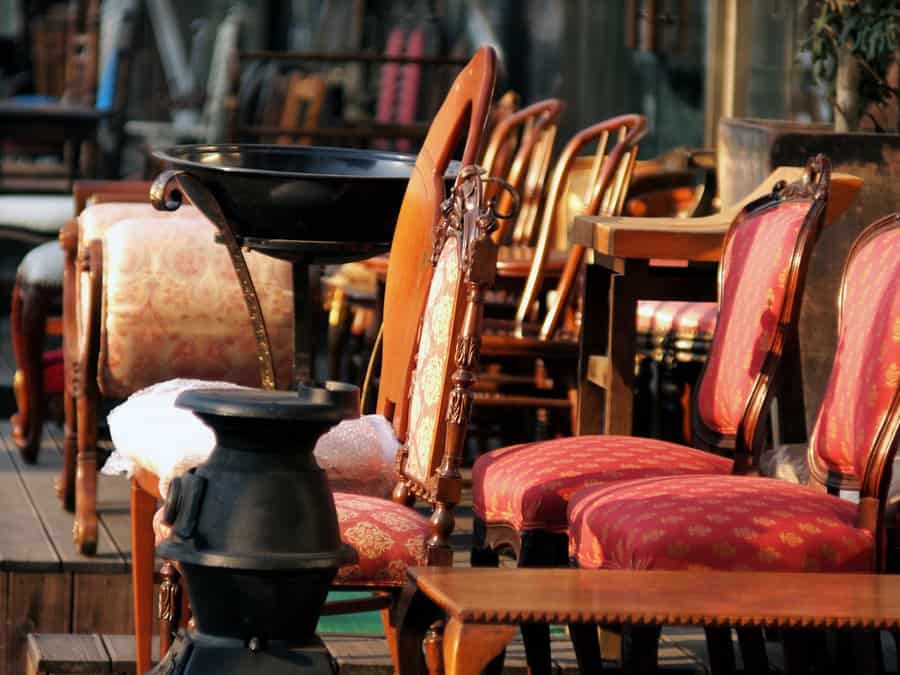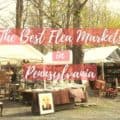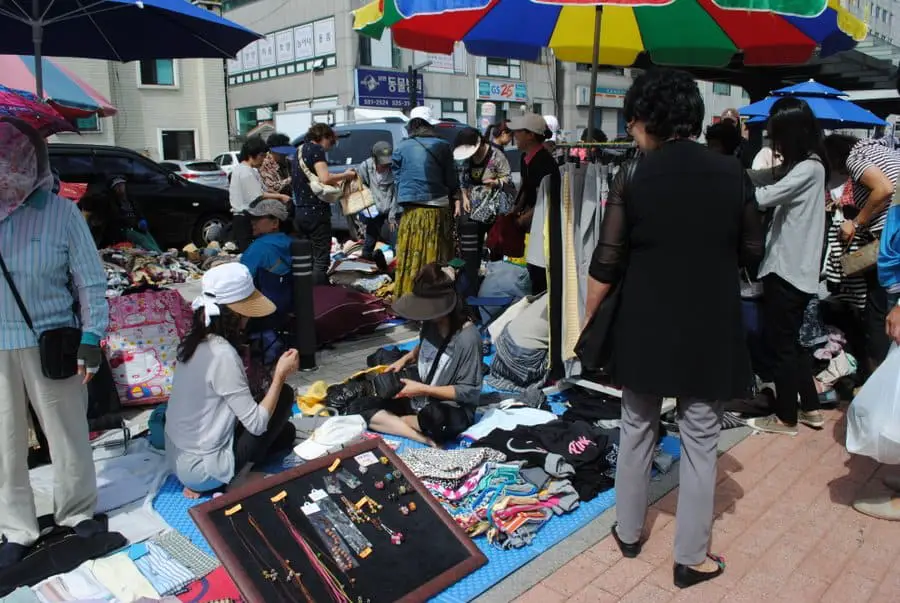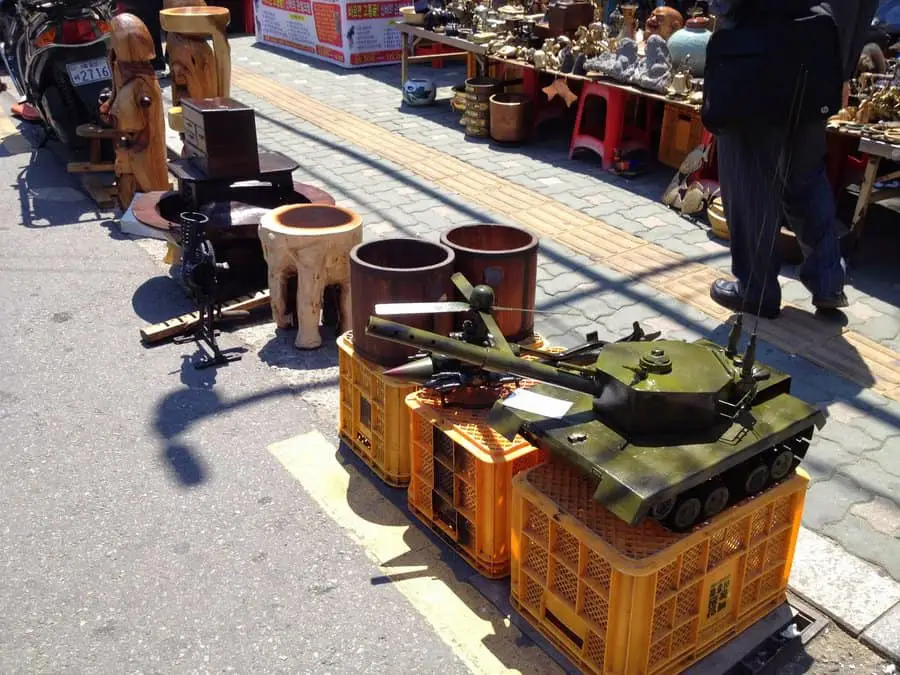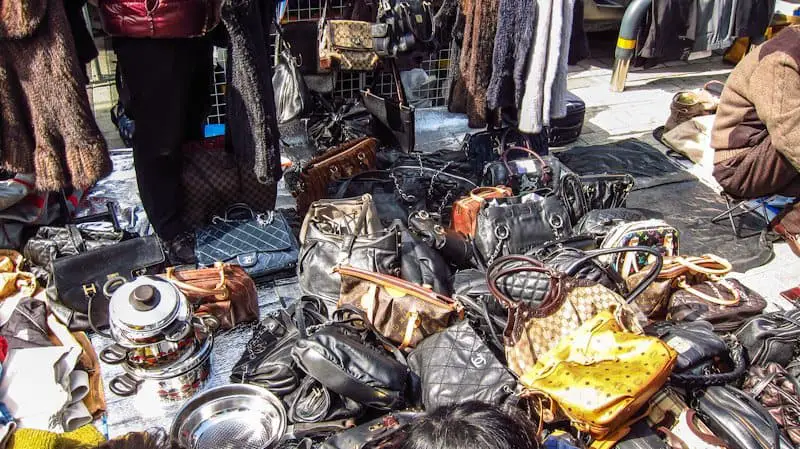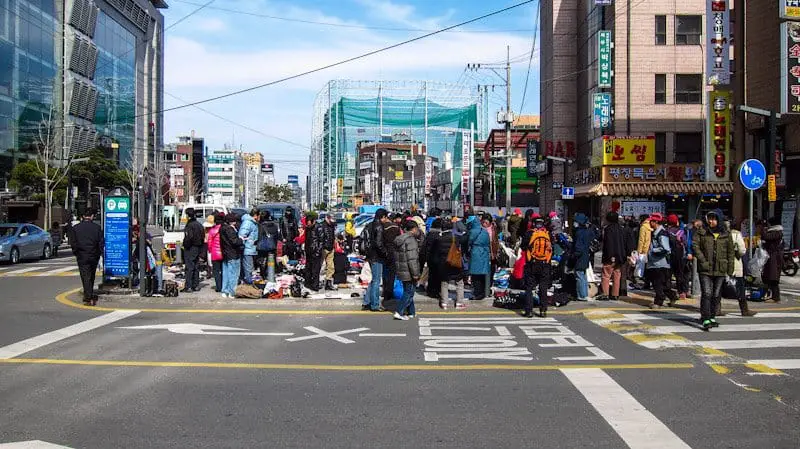If it is not as famous as Tokyo, its Japanese neighbor, Seoul is nonetheless increasingly popular among travelers. Particularly when it comes to shopping, which is a passion (or a reason to be?) for Seoulites, whether they live north or south of the Han River. Although the city has firmly stepped into the 21st century, the immense night markets of Dongdaemun or Namdaemun belong to a long Asian commercial tradition. The bazaars dedicated to medicinal plants (Yangnyeongsi) or to antiques (Dapsimni), accentuate this impression. Flea markets also offer a fascinating insight into Seoul’s local life.
“A dynamic and eclectic city which combines night markets and Korean pop music, temples and majestic palaces, skyscrapers and neon lights.”
As a matter of fact, Seoul’s popular neighborhoods of Hongdae, Myeong-dong, Gangnam, and Itaewon, host a few unique flea markets that sell all kinds of secondhand goods and antique items. While some of these flea markets take place all year round, others are held on a weekly, monthly, or seasonal basis. From antiques and vintage furniture to handmade goods, secondhand clothing, household appliances, musical instruments, and other unique items, the sheer diversity of Seoul’s flea markets has almost no limit.
Welcome to Seoul’s top 5 flea markets for antiques & vintage.
Hwanghak-dong Flea Market (황학동 벼룩 시장)
The old Hwanghak-dong market is the main flea market in Seoul for used items. It is also known as “the monster market” or “total market”. This flea market began to thrive and grow in the 1950s, and it hosts nowadays approximately 1,000 stores. It is regularly attended by foreign visitors who are looking for rare and unusual items that can’t be found elsewhere in Seoul.
The Hwanghak-dong Flea Market is divided into 5 alleys of stores and streets stalls that sell all kinds of knick-knacks, used books & DVDs, electric appliances, machinery, and especially antiques. Antique stores at the Hwanghak-dong market are crammed with vintage items ranging from old grinders and mortars to boilermakers, old cameras, phonographs, pipes, old coins, compass, and various appliances such as televisions and refrigerators.
Price-wise, the Hwanghak-dong Flea Market is generally 20-30% cheaper than other markets around Seoul. But it is always possible to haggle with merchants (beware nonetheless of unreasonable bidding…)
Where: Hwanghak-dong, Jung-gu, Seoul-si 서울특별시 중구 황학동
How to get there: Sindang Station, line 2 or 6. Exit 2. 3-minute walk. / Dongmyoap Station, line 1 or 6. Exit 5.
When: Every day (except in case of rain or snow) from 8 a.m. to 6 p.m.
Seoul Folk Flea Market (서울풍물시장 – Seo-ul Pung-mul shi-jang)
The Seoul Folk Flea Market, also known as the Pungmul Flea Market (Pungmul means “regional specialties” in Korean), is one of the largest flea markets in Korea. It was created by a group of merchants who could not keep their booth at the Hwanghak-dong Flea Market during the massive renewal process of Cheonggyecheon. Since then, the Pungmul Flea Market has become a famous tourist destination, particularly thanks to the proximity of the Cheonggyechon river, the tourist mecca of the capital, and the fact that it shows the everyday ordinary Korean life.
The Pungmul Flea Market is one of the most important second hands market in Seoul (885 shops spreading over 8,000 square meters). It has managed to preserve the culture of Korean traditional markets while attracting visitors thanks to its popular items and its unique charm representative of the Korean culture. The market showcases first necessity products, souvenirs, unusual items and even traditional gastronomy, allowing visitors to shop and eat at the same place. The Pungmul Flea Market mixes modernity with Korean traditions that reflects the lifestyle of Koreans past, offering the visitor a unique experience at a very reasonable price.
What makes this market so special is that it is possible at the same time to find rare and authentic traditional objects, which are hard to find in other places, and souvenirs. It is important to keep in mind that merchants are grouped by alleys according to the type of products they sell (clothing, food, souvenirs, antiques).
Where: 21 Cheonho daero-4-gil Dongdaemun-gu Seoul
When: Daily (closed every second and fourth Tuesday of the month), from 10 a.m. to 5 p.m.
Web: http://pungmul.seoul.go.kr (Korean, English, Chinese, Japanese)
Itaewon Antique Furniture Street (이태원 앤틱 가구 거리)
Itaewon is the intercultural center of Seoul and the most exotic place in the city for those who want to go out, shop, and dine. Stretching over 1.4 km of streets (from Itaewon 1-dong to Hannam 2-dong), Itaewon is the meeting place of choice for locals and foreigners who came to settle in South Korea. It is also often the first place tourists visit when they travel to South Korea.
Itaewon is a true shopping maze: the place harbors around 2,400 shops spreading over dozens of streets with their own atmosphere. However, the three main streets of this neighborhood revolve around food (World Food Culture Street), fashion (Fashion Street) and antiques (Antique Furniture Street).
Itaewon Antique Furniture Street was formed back in the 1960s when American soldiers based in Yongsan sold their furniture before returning to the United States. Over the years, the place became a hub for the sale of furniture from around the world. Famous at the time, this street still is today, especially since the vintage trend literally exploded in Korea. In addition to furniture, shops located in the Itaewon Antique Furniture Street, sell a broad selection of vintage items ranging from vintage wall clocks, posters, vintage toys, carousel horses & cars, crockery and all kinds of decorative objects which are hard to find elsewhere.
Where: Itaewon-dong, Yongsan-gu, Seoul-si 서울 용산구 이태원동
How to get there: Itaewon Station, line 6. Exit 3 or 4
When: every day from 9 a.m. to 9 p.m. (closed on the 2nd and 4th Tuesday of each month)
Web: http://www.itaewonantique.com/
The Itaewon Antique & Vintage Festival 2015
In addition to their day-to-day operations, antique dealers in the Itaewon Antique Furniture Street, host twice a year a little fair. The Itaewon Antique & Vintage Festival is a flea market organized generally in May and October, by 80 local antique dealers.
Flea market enthusiasts and tourists are invited to stroll the Itaewon Antique Furniture Street from 10 a.m. till 7 p.m., and browse a selection of antique furniture from around the world, as well as ancients decorative objects, most of which sold at a reasonable price.
Where: Itaewon-dong, Yongsan-gu, Seoul-si 서울 용산구 이태원동
Location: Itaewon Station, line 6. Exit 3 or 4
When: May 15th ~ May 18th, 2015 / October 17th ~ October 19th 2015 from 10 a.m. to 7 p.m.
Seocho Flea Market (서초 벼룩 시장)
Hailed as one of the biggest flea markets in Seoul, the Seocho flea market started back in 1997 during the Asian crisis, as a mean to encourage people to sell used items that they no longer needed. And it’s been going on for 17 years now. The Seocho flea market runs every Saturday from 9 a.m. to 3 p.m. and gathers over 700 exhibitors.
The crowd of local enthusiasts and tourists that congregate each Saturday down the street just outside of Sadang Station, to find great deals on used items, reaches the thousands. People flock at the Seocho flea market to find secondhand goods such as clothes, shoes, accessories, handbags, jewelry, watches, household items, vintage items, gloves, wallets, beanies, watches, jewelry, purses, hats, books and more, sold at rock bottom prices. Maybe not the place of choice to look for antiques, but nonetheless an interesting venue…
Besides the flea market, the whole area is pretty active, with small street concerts and artistic performances.
Where: Sadang Station, line 2 or 4. Exit 11. 3 minutes on foot.
When: Every Saturday from 9 a.m. to 3 p.m. (canceled in case of rain or snow)
Web: Seocho Saturday flea market


